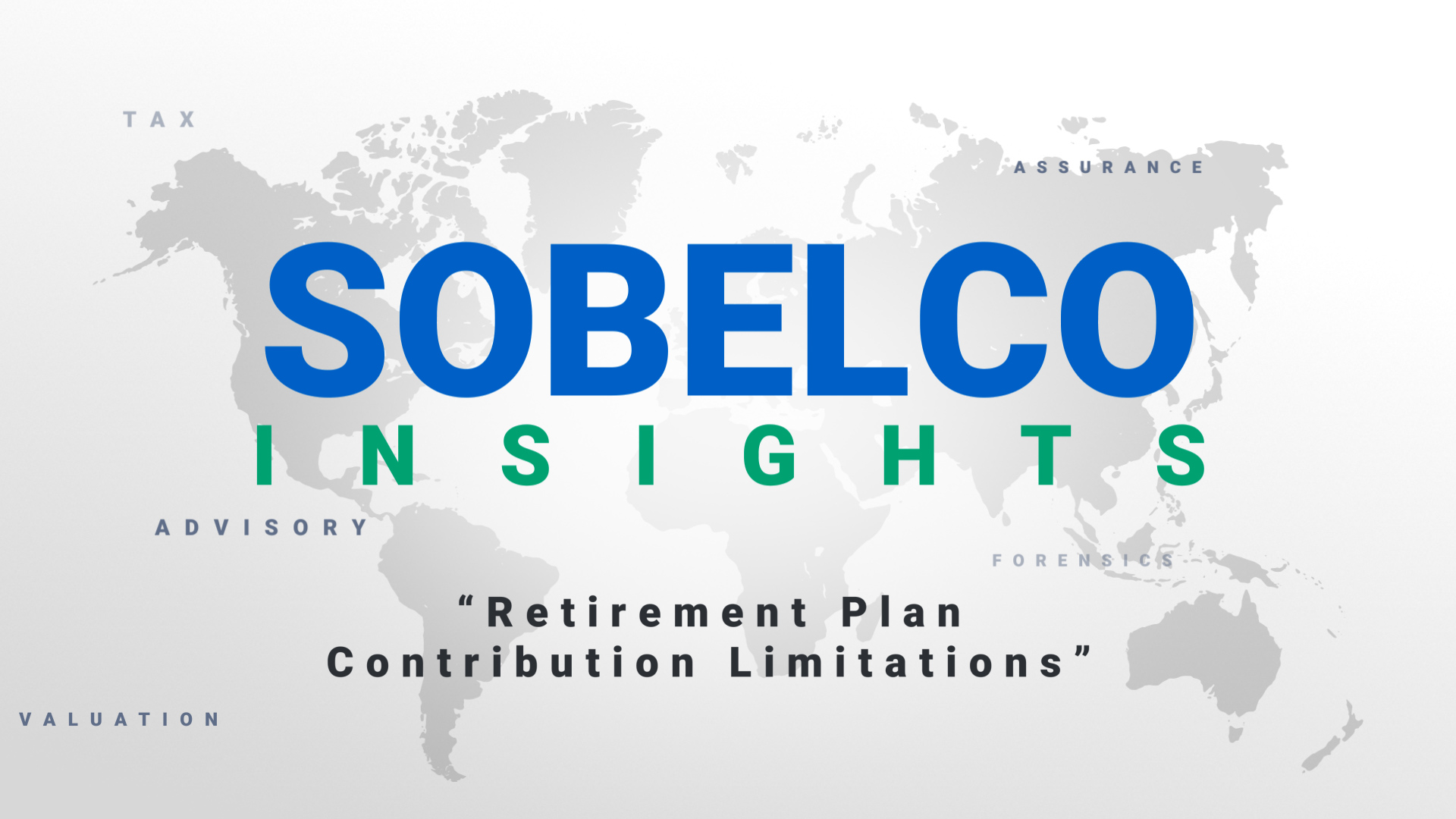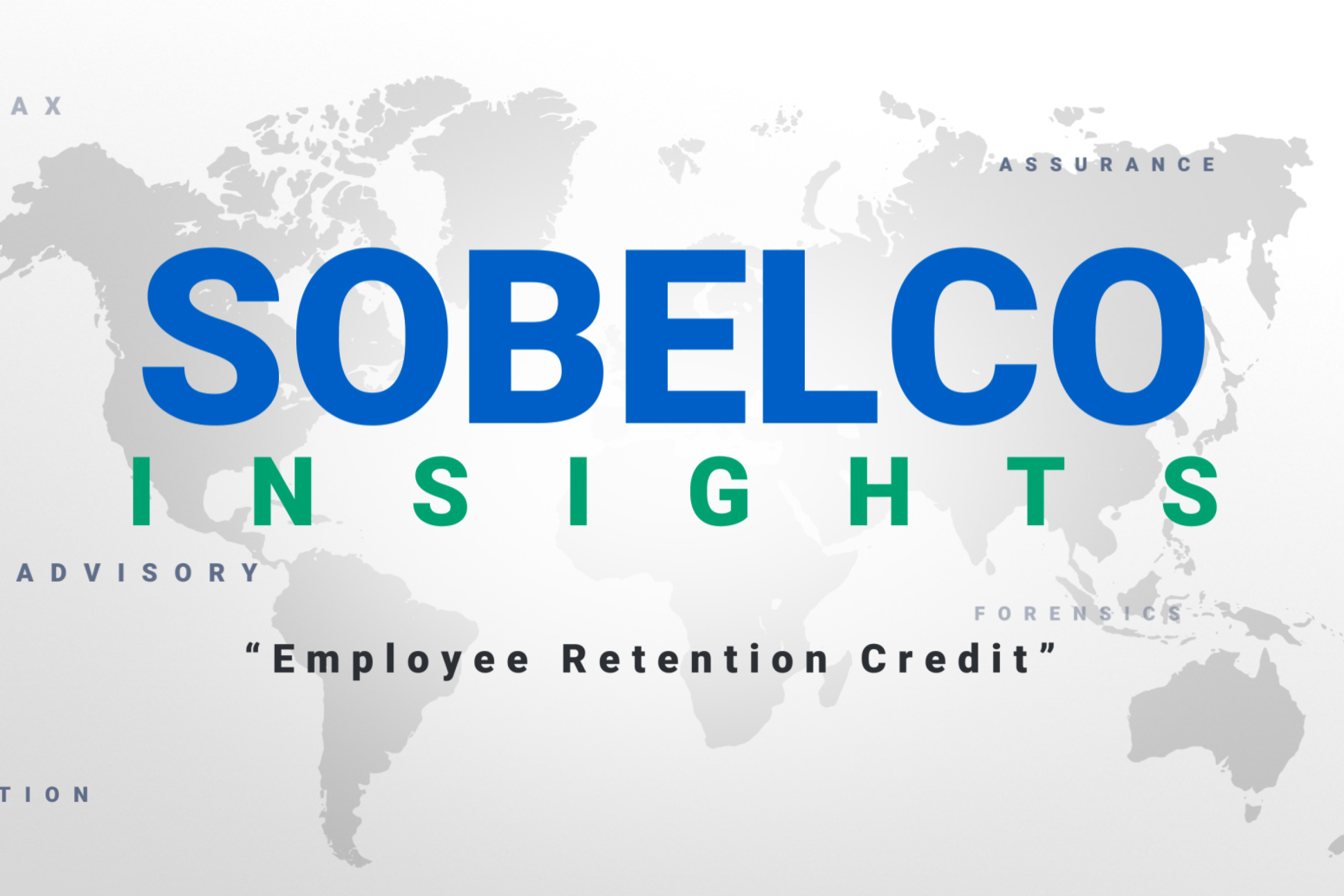
When the name of the organization is Hunger Free America (HFA), many people assume it is a food pantry, soup kitchen or a food bank. But they would be wrong. Hunger Free America is dedicated to ending hunger completely. They do this by promoting and implementing the most strategic practices that address the root causes of hunger, helping people access government food benefits, and engaging people of all ages and backgrounds in policy advocacy and long-term, strategic volunteerism.
While keeping all Americans fed is an essential goal, stopping the situation that leads to hunger is the permanent objective.
It sounds like a fantasy – a vision that cannot be attained.
Yet in the 1970s, the United States had actually almost achieved that goal. As a result of a unique combination of economic growth after World War II (fueled in part by the GI Bill which enabled returning veterans to purchase homes, go to college, get job training or start a business) and the success of the 1960-1974 War on Poverty, the poverty rate in the United States was nearly cut in half. Starting in the late 1960s, the creation of the modern nutrition safety net which provided food stamps, school breakfasts and support for the Women, Infants and Children (WIC) program almost entirely ended U.S. hunger.
The need for a systematic change nation-wide is undisputable but the key components that served as the basis for eradicating hunger in previous generations have all but disappeared as a deeply divided nation is forced to face one of the worst economic downturns in our history. The result is a corresponding tenfold rise in hunger.
Given the depth of the problem, what can HFA hope to accomplish?
HUNGER FREE AMERICATM is a nonpartisan, national nonprofit group that is working to enact the policies and programs needed to end domestic hunger and ensure that all Americans have sufficient access to nutritious food.
Founded in the 1980s with the realization that soup kitchens could relieve, but not end, the problem of hunger in New York City, community leaders from all five boroughs met in April 1983 to find a better answer. They concluded that the best way to tackle hunger in the city was with a unified organization that helped emergency food providers and pushed for lasting solutions. And so, the New York City Coalition Against Hunger was born. In 2015, the name was changed to Hunger Free America.
Where does HFA stand today?
After 19 years serving as the CEO of the organization, Joel Berg is no stranger to the obstacles and challenges that make the task of ending hunger seem almost insurmountable to many Americans. But nonetheless he believes that through direct service and advocacy, the country can get back to where it was in the 1970s in terms of implementing a hunger policy. Then the nation can move beyond that to actually end hunger by providing jobs with adequate pay and a safety net so that families can feed themselves. Under his guidance and with the support and leadership of the organization’s board of directors, HFA has adopted an approach that integrates both direct service and advocacy.
Direct Service is the first half of the formula
As a direct service provider, Huger Free America assists low-income families to obtain aid from government programs such as the Supplemental Nutrition Assistance Program (SNAP) — formerly called the Food Stamp program — and the Women, Infants, and Children (WIC) program so that people struggling to pay their bills have access to nutritious food. They also connect families nationwide with private food resources. A more complete list of direct service actions taken by Hunger Free America include:
- Engaging AmeriCorps VISTA teams across 24 states with 41 members in 2018, enabling participants to serve the country while fighting hunger. In 2018, VISTA recruited 1,691 volunteers and helped 3,014 households enroll in SNAP.
- Working under contract from the federal government, in 2018, enabling more than 20,000 individuals and families to access non-profit and government food resources.
- The ground-breaking Ending Hunger through Citizen Service initiative connected people and groups with skills-based and high-impact volunteer opportunities that make the biggest difference in the national fight against hunger. In 2018, Hunger Free America had a total of 381 volunteers who served nearly 2,400 hours.
- Hunger Free America’s Child Nutrition Policy & Programs Department works tirelessly to ensure that no child in America knows what it’s like to go hungry. These programs include: USDA Summer Feeding Program; Breakfast in the Classroom; and Universal Free Lunch.
Some of their advocacy victories include:
- Preventing cuts in the national SNAP program.
- Leading successful efforts to get New York State Governor Andrew Cuomo to propose – and the State Legislature to enact into law – a mandate for all high-needs schools to serve breakfasts in first-period classrooms. As a result, hundreds of thousands of additional children state-wide will receive healthy breakfasts every school day.
- In 2019, the Benefits Access team connected more than 2,550 low-income New Yorkers with SNAP benefits, distributing more than 200,000 free Neighborhood Guides to Food and Assistance to agencies and individuals in New York City.
- Three low-income Food Action Board members joined HFA staff in Washington, D.C. in February 2018 to speak to members of Congress about hunger and anti-poverty initiatives.
How does Hunger Free America tap into citizen service?
The Ending Hunger through Citizen Service Initiative is about moving people from accepting hunger to ending it; from perpetuating short-term charity to being active participants in a broad-based movement to ensure all people in the US have access to sufficient, affordable, nutritious, and convenient food.
While HFA values all types of volunteerism, they are specifically working to transform the way people think and act to end hunger in their communities and around the country. What most of these agencies need are dedicated, committed volunteers or professional and technical volunteers (e.g. experts in web design, grant writing, or accounting) who can help increase the organization’s capacity to meet client needs. They also need more people who are actively engaged in advocacy and outreach efforts to ensure that everyone who is eligible for federal nutritional assistance programs, such as SNAP, WIC, and school meals, has access to these resources. And they need people to speak up for more long-term solutions, such as living wage policies and more affordable healthy food in low-income communities. Volunteers are called on write a letter, start a petition, make a call, join a rally, send a tweet to advance food security in every neighborhood.
Advocacy is the second half of the formula
Their community organizing, and policy and research efforts, offer a national model for peer organizations in the anti-hunger movement. Working with officials at every level of government, they advance policies to end hunger and promote economic justice, including advocating for a robust Federal Child Nutrition Reauthorization Bill.
The groundbreaking advocacy campaigns and original research prove sound data gathered by HFA supports their fight to end hunger and increase equality across the nation.
Original research is key
They conduct original research on hunger and poverty in New York City and America to help the public better understand the causes of, and solutions to, hunger and poverty. Their research informs their policy recommendations and is a valuable tool for partner organizations and elected officials alike, often cited by leading elected officials, top national news outlets, and used as a point of reference in developing government policies. The most widely cited data on hunger in New York City, their Annual Hunger Survey Report provides original data on hunger across the five boroughs, and collects information from emergency food providers.
Impact of the COVID-19 Pandemic
Both the immediate health concerns and the catastrophic economic impact of the corona virus on hunger in the United States are immeasurable. In the short term, hunger and food insecurity is skyrocketing, and in the longer term, as the economy slowly recovers, there will be a greater dependency on food kitchens and other providers. This highlights exactly why it is so critical to focus on ending the poverty that is at the core of the issue of hunger. A strong economy is necessary to combat the dangers of being poor.
In conclusion
While there is much to be done, much has been done already. To join the battle, please visit hungerfreeamerica.org


